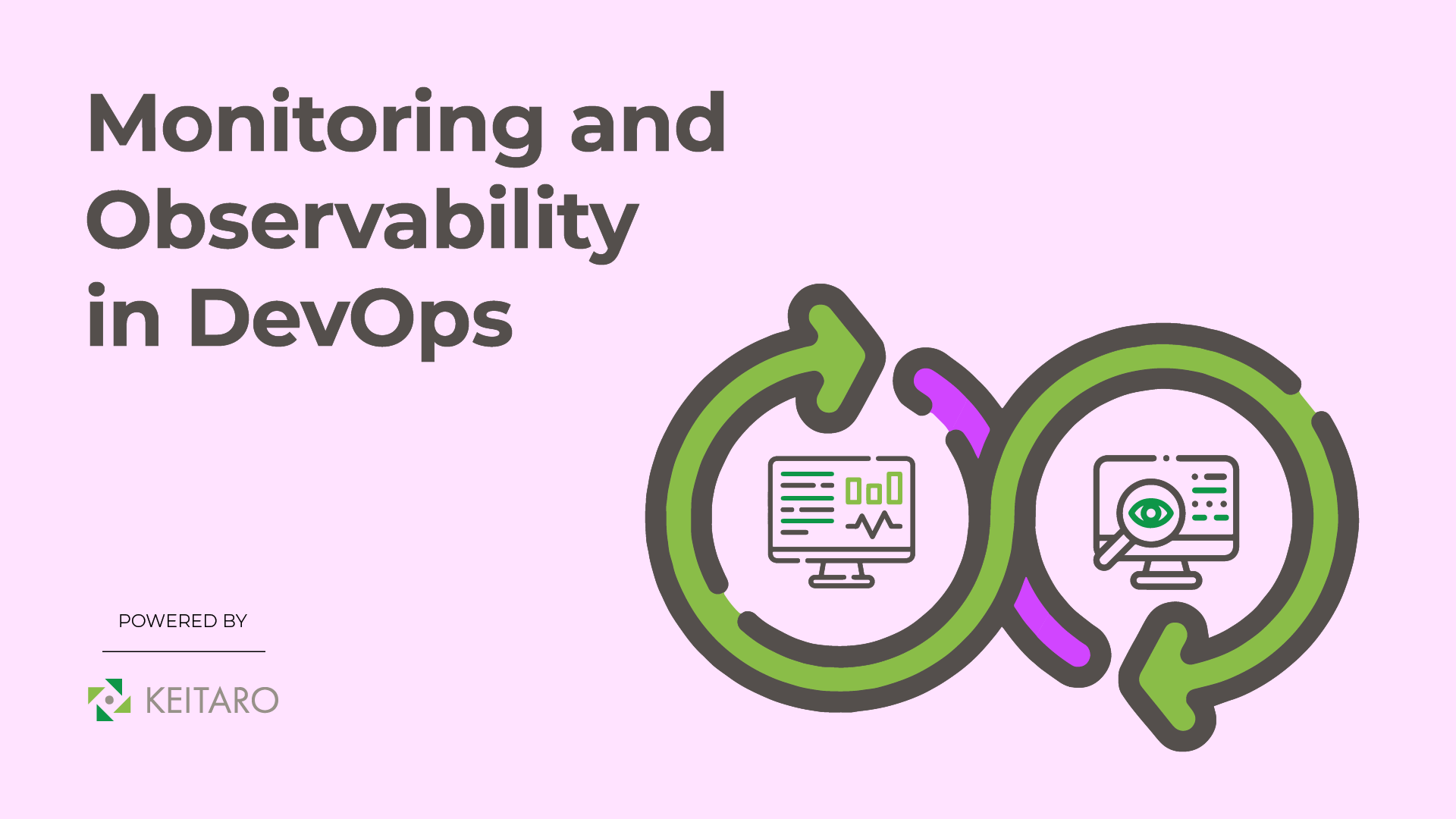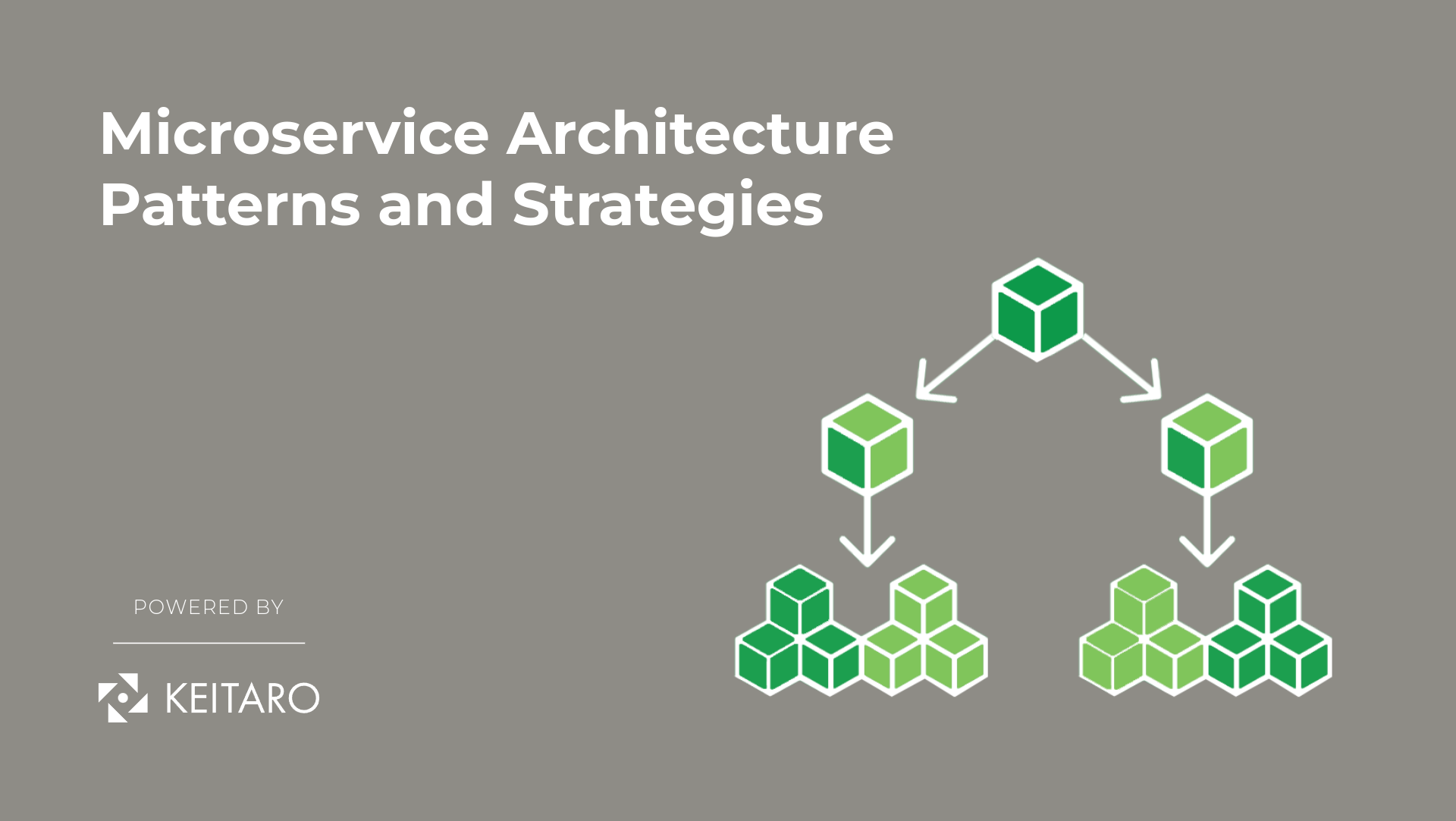In the world of DevOps, where agility and effectiveness are paramount, monitoring and observability play vital roles. They offer valuable insights into system and application performance, availability, and overall health, enabling teams to swiftly identify and address issues. However, with a multitude of tools and techniques available, how can you navigate this landscape to ensure effective monitoring and observability practices? Let’s explore.
Understanding Monitoring and Observability
Before we dive into specific tools and methods, it’s important to understand the concepts of monitoring and observability.
- Monitoring primarily focuses on collecting and analyzing data about system components like CPU usage, memory usage, and network traffic. It includes setting alerts and thresholds to identify anomalies and performance issues.
- Observability, on the other hand, goes beyond monitoring. It focuses on understanding the internal workings of a system based on its external outputs. This deeper insight allows teams to understand the reasons behind certain events and behaviors.
Essential Tools for Monitoring and Observability
Organizations rely on a suite of monitoring and observability tools that provide insights into system health, performance metrics, and user behaviors. Among the essential tools in this arsenal are Prometheus, Grafana, the ELK Stack (Elasticsearch, Logstash, Kibana), and Jaeger. Each of these tools offers unique capabilities tailored to specific aspects of monitoring and observability, collectively forming a robust foundation for proactive system management and optimization.
- Prometheus: A widely-used open-source monitoring and alerting toolkit recognized for its dimensional data model and robust querying language, PromQL. It enables real-time monitoring of everything from hardware to software components.
- Grafana: Often paired with Prometheus, Grafana serves as a visualization tool allowing teams to craft customizable dashboards for monitoring data from various sources. Its flexibility extends to supporting numerous data sources.
- ELK Stack (Elasticsearch, Logstash, Kibana): Perfect for log management and analysis, the ELK stack offers powerful capabilities for collecting, parsing, and visualizing log data. Elasticsearch enables fast searching and analysis, Logstash handles log ingestion and processing, while Kibana provides a user-friendly interface for visualization.
- Jaeger: A top choice for distributed tracing, Jaeger aids in tracing requests as they navigate through complex systems, providing insights into latency and bottlenecks across microservices.
Techniques for Effective Monitoring and Observability
Organizations employ a range of techniques designed to capture and analyze critical metrics, logs, and traces. In this section, we explore key techniques for enhancing monitoring and observability, starting with instrumentation – ensuring that applications and services are equipped to generate relevant data. We explain the importance of centralized logging, alerting, and automation, highlighting the role of tools like Logstash, Prometheus Alertmanager, and AWS CloudWatch Alarms in facilitating real-time notifications and response actions.
- Instrumentation: Ensure that your applications and services are equipped to generate relevant metrics, logs, and traces. Use standardized formats and libraries to simplify this process across different components.
- Centralized Logging: Gather logs from various sources into a centralized location for easier analysis and troubleshooting. Utilize log aggregation tools like Logstash, Fluentd, or AWS CloudWatch Logs to streamline this process.
- Alerting and Automation: Set clear alerting thresholds based on meaningful metrics and automate response actions whenever possible. Take advantage of tools like Prometheus Alertmanager or AWS CloudWatch Alarms to ensure real-time notifications.
- Continuous Improvement: Remember that monitoring and observability require ongoing attention. Regularly review and refine your monitoring setup by adding new metrics, alerts, and dashboards as your systems evolve.
Best Practices for Monitoring and Observability
Achieving optimal results requires more than just deploying tools and collecting data—it demands a strategic approach grounded in best practices. In this section, we delve into key best practices for monitoring and observability, starting with the importance of defining clear objectives. By establishing precise goals and aligning monitoring efforts with business objectives through key performance indicators (KPIs) and service level objectives (SLOs), organizations can ensure that their monitoring initiatives drive meaningful outcomes.
- Define Clear Objectives: Gain clarity on what needs monitoring and the reasons behind it. Establish key performance indicators (KPIs) and service level objectives (SLOs) to align monitoring efforts with business objectives.
- Embrace Standardization: Standardize monitoring practices and tools across teams to promote consistency and streamline collaboration. Setting conventions for metric names, labels, and alerting policies can prevent confusion and ensure efficiency.
- Collaboration Across Teams: Encourage collaboration between development, operations, and QA teams to integrate monitoring and observability into the entire software development lifecycle. This ensures that issues are detected and addressed early on.
- Security Considerations: Implement proper access controls and encryption mechanisms to protect sensitive monitoring data. Ensure that monitoring solutions comply with security standards and regulations to safeguard against potential breaches.
- Monitor User Experience: Prioritize monitoring real user interactions with your applications to gain insights into performance from the end user’s perspective. Understanding their experience is crucial for delivering a smooth and enjoyable user experience.
In summary, efficient monitoring and observability are crucial for maintaining the health and performance of modern software systems. By using appropriate tools, following best practices, and consistently refining your monitoring approach, your DevOps teams can swiftly identify, diagnose, and address issues, leading to enhanced experiences for users.



